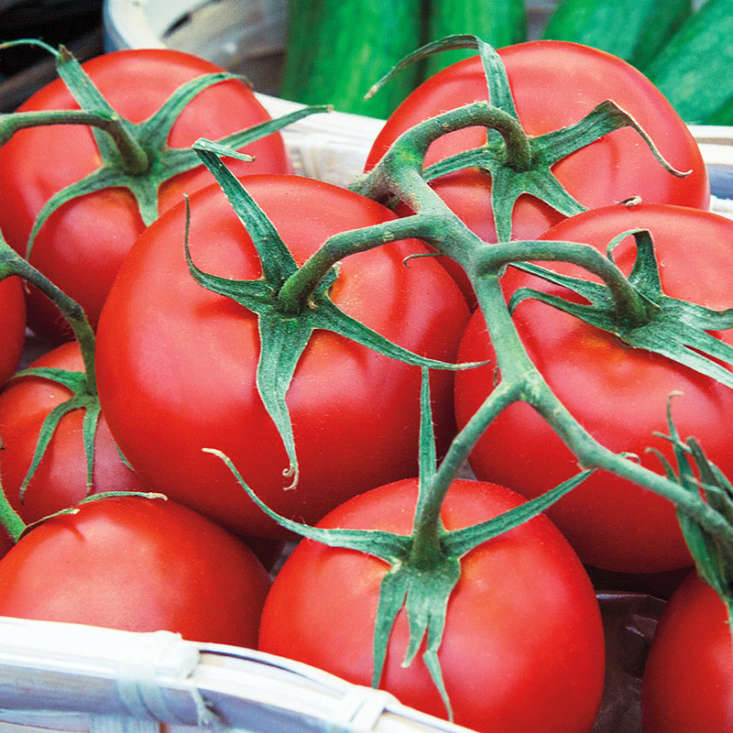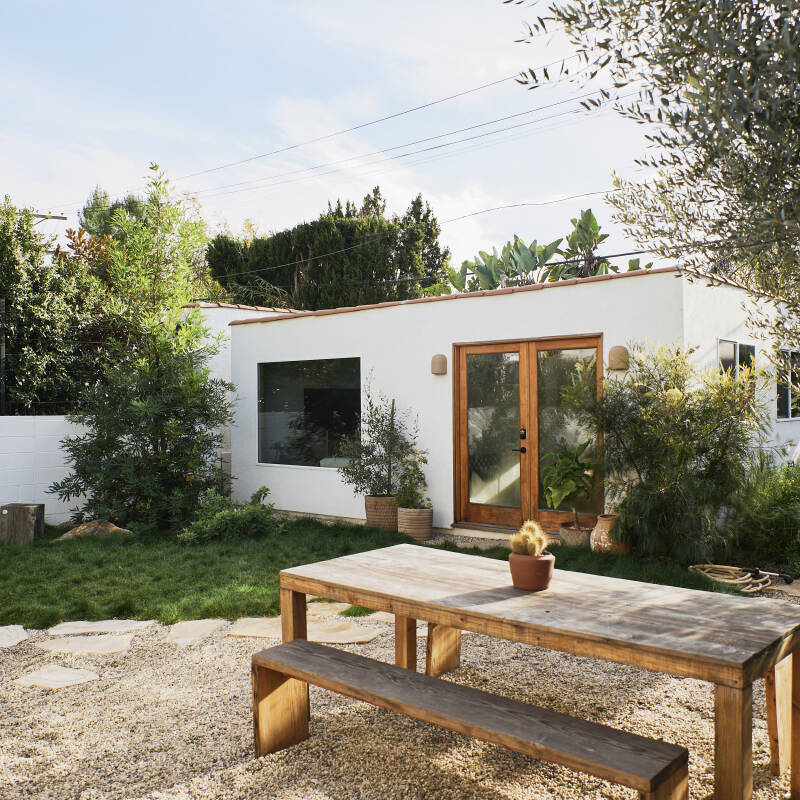Did you know that during both World Wars, the government actually encouraged and educated people on how to garden, from tilling soil and sowing seeds to harvesting and preserving crops, so that they could feed their communities and support troops overseas? This self-sufficiency movement led to victory gardens—also called war gardens—in which fruits, vegetables, and herbs were planted at public parks, empty lots, private homes, and schools.
Not only did these efforts aid in the war effort but they were considered patriotic; people felt like they were contributing through their gardening, and they were rewarded with produce. At one point during WWII, home, school and community gardeners produced almost 40 percent of the country’s vegetables.
So how does this relate to today? Oh, where to start. What about: global debt, a shaky economy, erratic weather patterns, looming drought conditions, increased chemical use, high food prices…oh, and that thing called our quarantine. Honestly, food security sounds pretty good (and tasty) about now.
We are once again in a situation where we as citizens have the opportunity to make our gardens a source and a force of change. While this may not be wartime, it feels pretty darn close with food supply anxiety at a high. By planting a victory garden, we can be more self-sufficient, we can eat more seasonally, and there’s the added bonus of helping reverse climate change by restoring soil health and increasing biodiversity.
While you should focus on planting the foods you and your family would enjoy, here are 5 top plants that are easy grow in your own victory garden.
Featured photograph courtesy of Britton Shepard, who designed our 2014 Considered Design Awards for Best Edible Garden. See the garden here.
Tomatoes

Of course tomatoes were on the list of the most popular produce grown during the wars; others included beans, beets, cabbage, carrots, kale, kohlrabi, lettuce, peas, turnips, squash, and Swiss chard. For an abundance of versatile food all summer, now is the time to get those sweet gems growing. Consider planting different varieties—determinate and indeterminate—to extend your harvest season. Some top choices are: ‘Better Boy,’ ‘Early Girl,’ and ‘Large Red Cherry’. Tomatoes thrive in the most sunniest of spots. And don’t forget to tuck in a batch of basil for future caprese salads.
Swiss Chard ‘Bright Lights’

Attractive, reliable, and tasty, this variety with its vibrant stems of gold, pink, orange, purple, and red and white, has a strong bolt resistance and is a consistent grower. Easy to grow from direct seeding or nursery starts, chard is best spaced 12 inches apart and grown in full to part sun. Try sautéeing the colorful leaves with olive oil and garlic.
Cucumber ‘Diva’

This smooth-skinned English heirloom variety has it all: sweetness, crispness, is burpless and almost completely seedless. Plus this variety doesn’t require cross-pollination to yield fruit and being the diva it is, resists scab and mildews. To prevent aphid and beetle visitors, plant equally-easy-to-grow marigolds and nasturtiums among your cukes as the perfect companion plants. ‘Diva’ is especially delicious when harvested small and is perfect in salads or dipped in hummus. (See The Garden Decoder: What Is ‘Companion Planting’?)
Lettuce ‘Buttercrunch’

Debuting to much delight in 1963, this lettuce has continued its popularity ever since. ‘Buttercrunch’ is a compact, easy to grow, heat-resistant bibb lettuce with just the right amount of flavor and crunch. To harvest, trim leaves off with scissors, and as long as you don’t disturb the crown, more tasty leaves will grow back (this is called the ‘cut-and-come-again’ method.)
Blueberry ‘Bountiful Blue’

Expect a large spring crop of these immunity-enhancing, antioxidant-rich berries that can be eaten fresh, frozen, or preserved. This award-winning variety sports the bluest leaves of all, grows compact, and reaches four feet high and wide. Is self-fertile but for a bigger crop, plant two or more and plant it in a sunny, well-watered spot.
For more on starting your own vegetable garden see:
- Your First Garden: The Easiest Vegetables to Grow
- Hardscaping 101: Raised Garden Beds
- Vegetable Garden Design: DIY Bean Trellis









Have a Question or Comment About This Post?
Join the conversation